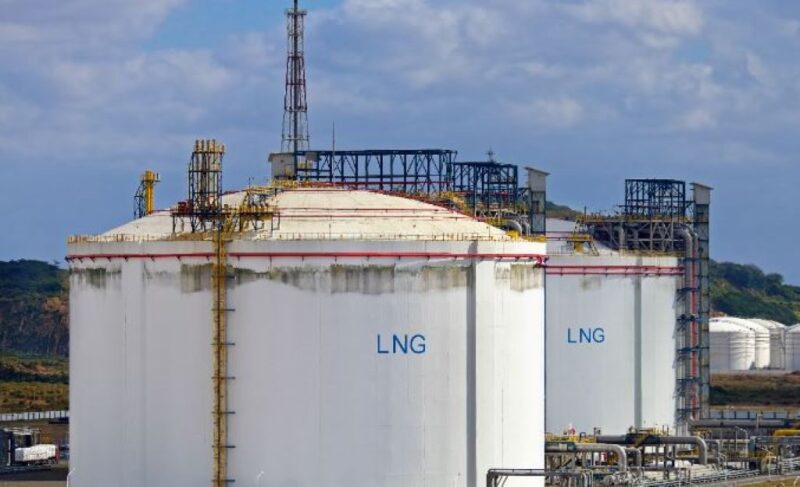The first half of the year witnessed the US becoming the world’s largest exporter of liquefied natural gas (LNG). The development was highlighted this week by the US Energy Information Administration (EIA) citing information from LNG market data provider CEDIGAZ.
Total US outflows during the period averaged 11.2 Bcf/D, which the EIA said marks a 12% increase over the past 6 months of 2021. The EIA sees three key drivers behind the swelling US export base: new LNG capacity, high gas prices outside the US, and rising global demand.
Europe was noted as a particular source of pull for the US gas market as many countries on the continent are seeking long-term alternatives to Russian supplies of gas.
The shift toward US LNG also comes as European benchmark gas prices have spent much of this year trading at record highs of nearly $31/MMBtu. By contrast, Henry Hub spot prices in the US are trading this week at around $7.35/MMBtu.
To capitalize on the arbitrage, the EIA estimates that the US added 1.9 Bcf/D in nominal capacity since late 2021. These additions from a mix of new and existing facilities in Texas and Louisiana lifted US LNG capacity to an average of 11.4 Bcf/D and short-term peak capacity to 13.9 Bcf/D.
This puts the US ahead of Australia and Qatar which the EIA estimates have a peak LNG capacity of 11.4 Bcf/D and 10.4 Bcf/D, respectively. An eighth LNG facility planned to start up in 2024 will expand peak capacity in the US to 16.3 Bcf/D.
More Trips to Europe
The EIA noted that during the first 5 months of this year 71% of US LNG exports, or 8.2 Bcf/D, was sailing to ports in the UK and EU. The figure represents half of total combined UK and EU demand, or 14.8 Bcf/D.
The UK and EU increased gas imports this year by 63% and are now looking to somehow replace the 14% share of supply that has been coming from Russia. And as sanctions ratchet up and Russian pipeline imports shrink, the EIA said both the UK and EU are also racing to fill historically low storage inventories.
Outside of the US and Russia, the UK and EU sourced 15% of their imported gas in the year so far from Qatar and 17% from Africa.
While the Russian market share appears there for the taking, a fire and subsequent outage at the Freeport LNG facility in June has limited US ability to ramp up European-bound shipments. The EIA said total US LNG exports fell 11% in June as a result of the Freeport LNG outage which is not expected to be fully resolved until October.
For the first 6 months of 2022, which mostly predates the Freeport LNG disruption, the EIA said US LNG facility utilization rates were hovering around 87%, which is about what it was last year.
As Europe adds fuel to US LNG exports, Asia is ordering fewer cargoes. The EIA noted last month that during the first 4 months of 2022 US LNG exports to Asia shrank 51% compared with 2021 exports. This amounts to a fall from 4.6 Bcf/D to just 2.3 Bcf/D.
The EIA said the fewer US LNG cargoes heading to Asia were the result of China’s COVID-19 lockdowns, a mild winter, and higher spot LNG prices.


